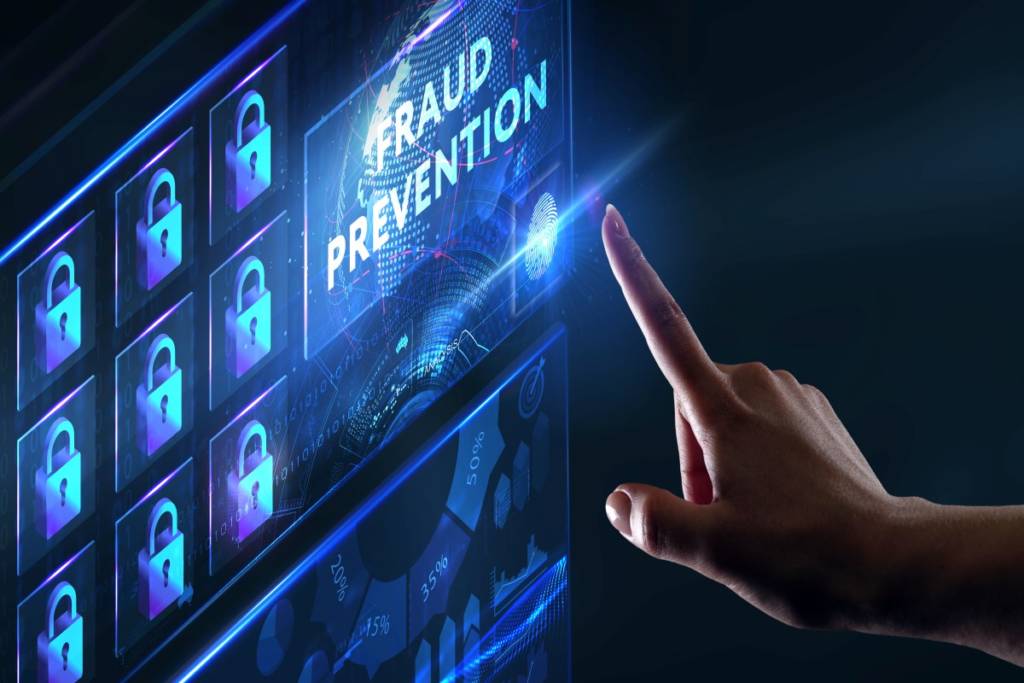The white paper poses some viable options for the unbanked. At first blush, it might come across as just another enterprise (this time not a start-up) nipping at the heels of the traditional banking and payments infrastructure. But I think they might be onto something here.
For some time now, the USPS has been seeking ways to increase revenue while minimizing their infrastructure costs. According to PMTS.com, “The Inspector General believes the Postal Service could help the underserved reduce their expenses, noting that the average underserved household spends $2,412 each year solely on exorbitant interest and fees for alternative financial services. Collectively, the underserved could save billions of dollars, and this could make a big difference for struggling families; on average, consumers who filed for bankruptcy in 2012 were just $26 per month short of meeting their expenses, the paper notes.”
The intertwining of bank and postal services has been around for a while. I recall some time ago the option to purchase stamps at the ATM machine. And I certainly recall the angst of standing in line at the post office behind the customer who needed to purchase 10 money orders to pay his bills. In fact, according to the report, the Postal Service is actually the leader in the U.S. domestic paper money order market, with an approximately 70 percent market share (109 million money orders in fiscal year 2012). With the rapid adoption of online and mobile technologies and move to electronic payments continuing to close the gap on the need for paper-based money orders and checks, the USPS is looking to broaden their options for generating revenue. Since they have a captive audience, why not?
The USPS proposes to offer these services not at the expense of the banks, but in cooperation with them. Some of options they are contemplating:
- Prepaid Postal Card (closed-loop)
- Savings accounts linked to the Postal card (in conjunction with a bank)
- Credit services – small loans
Prepaid cards and savings accounts will require involvement and partnerships from some banks and plastic vendors. And while the possibility of new bank-like services offer appeal, there is still the issue of managing fraud (associated with the cards and accounts), risk (qualifying loans, monitoring and collecting on delinquencies, etc) infrastructure and maintenance costs. Still, the underlying theme is that they have a mechanism to deliver financial services to an underbanked community.
Crafting financial services designed to meet the needs of the underbanked or unbanked isn’t limited to the USPS. In many emerging markets globally, consumers use their mobile phones to send and receive money, pay others, and top-up or pay bills. In these regions, telecom companies, utilities and financial institutions are figuring out how to tap into these markets; markets which have the ability to be reap great reward for those who can deliver and execute on delivering financial services.




